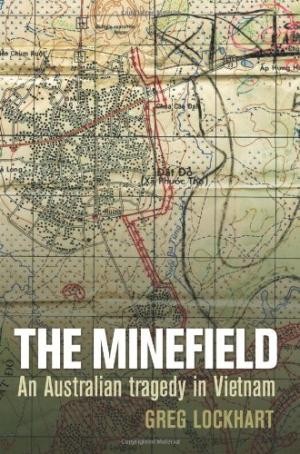AUSTRALIAN MILITARY
A history of the Australian minefield laid in the Phuc Tuy Province in 1967 that played havoc with Australia’s military operations in Vietnam and constituted the greatest tactical blunder in Australian military history since World War Two.
The Minefield tells the story of one of the greatest disasters in Australian military history.
In 1967, Brigadier Stuart Graham issued the calamitous order: First Australian Task Force would construct an 11 kilometre barrier fence minefield containing 20,292 powerful M16 landmines in southern Vietnam’s Phuoc Tuy Province. What he failed to realise was that the opposing forces were well positioned to lift thousands of the mines and turn them back against the Australian Task Force with horrendous, far reaching results.
For protracted periods, Australia’s own M16 mines became the enemy’s most effective strike weapons, causing over 50 per cent of all task force casualties. The minefield also guaranteed the enemy’s successful defence of its vital area and base complexes against task force incursions.
The Minefield is a national narrative, written with the unflinching clarity of a great tragedy.
- 1 Barrier reef 1
- 2 Barrier base 16
- 3 Barrier minefield 36
- 4 Graham’s plan 44
- 5 , Orders for Operation Leeton 62
- 6 Building the fence and laying the mines 71
- 7 Stealing the mines and defending Long Dat 93
- 8 Operation Pinaroo 108
- 9 The promotion 128
- 10 The battle for ‘the box’ I 139
- 11 The battle for ‘the box’ II 151
- 12 The great official silence 171
- 13 Dante’s inferno 184
- 14 Black Saturday and beyond 203
- 15 Misreading Phuoc Tuy to the finish 217
- 16 Conclusion 236
- Epilogue 244
- Appendix I: Ministerial Press Release 4904 of 16 June 1967 253
- Appendix II: The Vietnam Database by Hugh Conant 255
- Notes 261
- Bibliography 289.
First Edition, pp. xxv, 306 Illusts #1016/0318/150823
